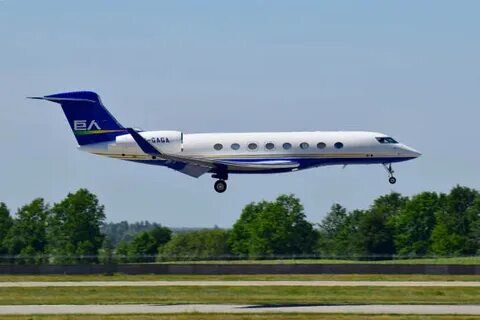Statens luftfartsvæsen served as Denmark’s government civil aviation authority. Founded in 1938, it oversaw civil aviation, flight safety, air traffic control, and aviation regulation—all under the Transport Ministry. In 2010 it merged with the Danish Transport Authority. This article explores its history, duties, and lasting impact.
1. Origins and Mission of Statens Luftfartsvæsen
Statens Luftfartsvæsen (SLV) began in March 1938 as Luftfartsdirektoratet under the Ministry of Public Works, later renamed in 1985. Its core mission was to ensure Danish aviation remained safe, efficient, and economically viable for passengers, airlines, and society.
2. Regulatory and Safety Oversight
SLV housed two key divisions:
- Luftfartstilsynet, which set and enforced flight safety standards.
- Flyvesikringstjenesten, responsible for air traffic control, including building and operating navigation systems.
They published the Bestemmelser for civil luftfart (“BL”), guidelines for airlines covering aircraft, maintenance, airports, education, air routes, and more.
3. Airport Management
SLV directly managed Bornholm Airport in Denmark and Vágar Airport in the Faroe Islands. This integrated model combined aviation regulation with hands‑on airport operations.
4. EU Collaboration and Airspace Innovation
In December 2009, SLV helped establish the Danish–Swedish Functional Airspace Block (DK/SE FAB) to unify and streamline airspace management, meeting Single European Sky goals. While SLV declared this block, the actual operations were handled by Naviair—the specialized air navigation provider born from SLV’s restructuring.
5. Splitting for Clarity: Naviair and Regulation
In 2001, SLV was split into two: the regulator (SLV) and Naviair, tasked specifically with air traffic control and navigation services. Naviair became a state-owned company under the Ministry of Transport, providing services across Denmark, Greenland, and the Faroe Islands—and today runs all area control and approach services.
6. Merger and End of an Era
On 1 November 2010, SLV merged with the existing Danish Transport Authority. The name Statens Luftfartsvæsen was retired, though its functions continued within the new agency and its Copenhagen office remained in use.
7. Lasting Impact and Evolution
Though the SLV name vanished, its legacy survives:
- Its framework for aviation regulation still guides Danish aviation today.
- Naviair continues delivering crucial air traffic control and flight safety services.
- The DK/SE FAB model still informs international air traffic control standards.
Conclusion
Statens luftfartsvæsen shaped modern Danish aviation. Founded in 1938, it balanced civil aviation regulation, flight safety, air traffic control, and airport operations—all under the Transport Ministry. Over time, it evolved: first giving rise to Naviair, then merging into the Danish Transport Authority in 2010. Today, its mission lives on through regulatory teams and air navigation services.
FAQs
1. What was Statens Luftfartsvæsen responsible for?
It was Denmark’s civil aviation authority, overseeing regulation, flight safety, air traffic control, and airports like Bornholm and Vágar.
2. When was SLV merged and why?
On 1 November 2010, SLV merged with the Danish Transport Authority to unify aviation oversight under one body.
3. What is Naviair and how is it related?
Naviair is the air navigation services company that split from SLV in 2001. It now handles air traffic control and flight information, covering Denmark, Greenland, and the Faroe Islands.
4. What was the DK/SE FAB and SLV’s role?
The Danish–Swedish Functional Airspace Block (DK/SE FAB) aimed to unify airspace control across borders under Single European Sky rules. SLV declared it in 2009, with Naviair executing it.
5. Where can I find more information about SLV history?
Official histories and records are available via Lex.dk and archived versions of SLV’s own site, including airport roles and structural details.

